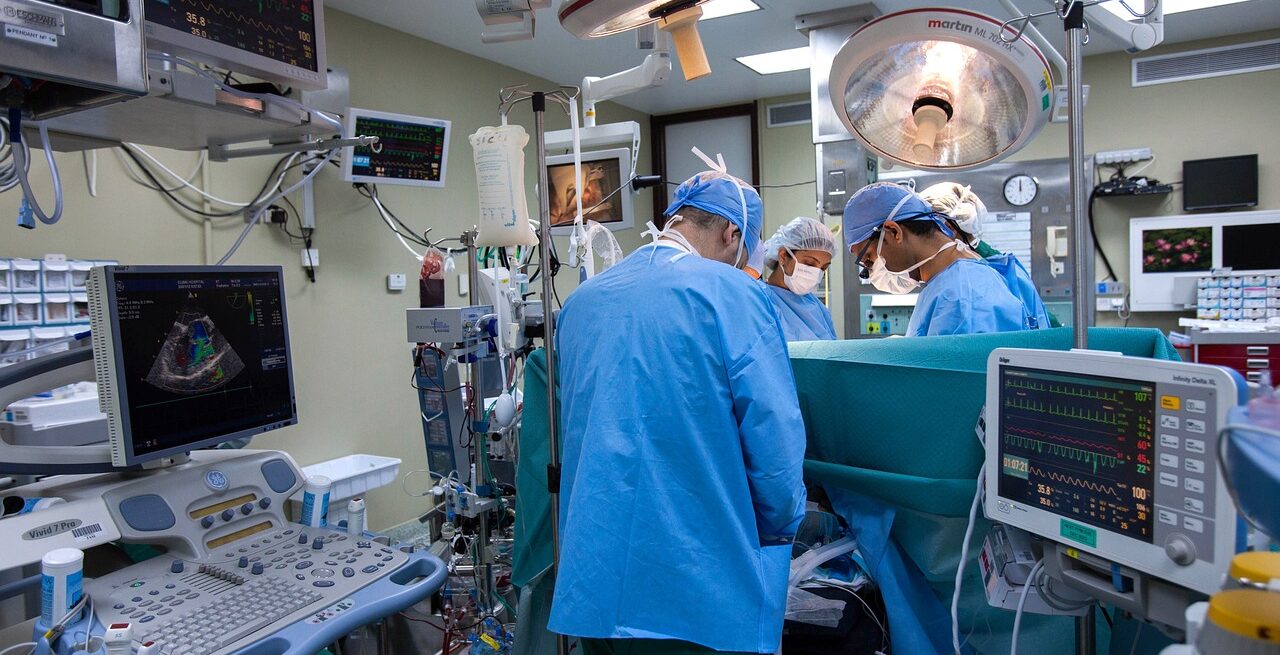

The Rising Role of Argon in the Medical Industry
Argon, a noble gas, is becoming increasingly significant in the medical field, due to its unique properties and versatile applications. While it may not be as prominent as oxygen or nitrogen, argon is making waves in various medical specialties, ranging from surgical procedures to diagnostic imaging. Let’s explore the growing role of argon in the medical industry, its applications, advantages, and its future potential.
What is Argon?
Argon is a colorless, odorless, and tasteless gas that constitutes about 0.93% of the Earth’s atmosphere. Being chemically inert, it does not readily react with other elements, making it ideal for numerous applications where stability and non-reactivity are necessary. This characteristic has propelled argon into several medical applications, where safety and precision are crucial.
Argon’s Applications in Medicine
Surgical Procedures
One of the most promising applications of argon in the medical field is in surgical procedures, particularly in the form of argon plasma coagulation (APC). APC is a minimally invasive technique used to control bleeding during surgeries. By ionizing argon gas to create a plasma arc, surgeons can precisely coagulate tissue without direct contact, minimizing damage to surrounding areas.
APC has been used in various surgical disciplines, including:
– Gastroenterology: For treating gastrointestinal bleeding, especially in patients with lesions or tumors.
– Dermatology: To remove skin tags, warts, and other benign skin lesions with minimal scarring.
– Otolaryngology: In the treatment of nasal and throat conditions, helping to prevent excessive bleeding.
Diagnostic Imaging
Another key area where argon is making advances is in diagnostic imaging. Argon can be utilized in cryogenics for MRI systems, allowing for the cooling of superconducting magnets. This application is essential for improving the clarity and resolution of images obtained through MRI scans, enhancing diagnostics for conditions like tumors, brain disorders, and musculoskeletal issues.
Moreover, researchers are exploring argon as a contrast agent for computed tomography (CT) scans. Preliminary studies suggest that using argon might improve the visualization of blood vessels and other soft tissues, allowing for better assessment of vascular diseases and tumors.
Laser Surgery
Argon lasers are widely used in various medical procedures, particularly in ophthalmology. These lasers deliver highly focused beams of light at specific wavelengths, allowing for precision tasks such as:
– Treating diabetic retinopathy: Argon lasers help to seal leaking blood vessels in the retina.
– Cataract surgery: The lasers assist in making incisions in the lens, offering a less invasive option for patients.
– Tissue ablation: Argon lasers can remove or reshape tissue without damaging adjacent structures, making them valuable in various surgical fields.
Cryotherapy
Cryotherapy involves the application of extreme cold to destroy abnormal tissues, such as tumors or warts. Argon can be used as a cryogen in procedures that utilize cold treatment to achieve this end. Argon gas is especially effective because it can be delivered precisely to target tissues without affecting surrounding healthy cells, thereby increasing patient safety and comfort.
Advantages of Using Argon in Medicine
Safety
As argon is chemically inert, it poses minimal risk in medical applications. Unlike other gases, it does not react with body tissues or interfere with biological processes, making it a safer option for surgeries and diagnostics.
Precision
The use of argon facilitates a high level of precision in medical procedures. Techniques like APC allow for targeted tissue treatment, reducing collateral damage and promoting quick recovery times for patients. This precision is invaluable in delicate surgical procedures, where even minor miscalculations can lead to significant complications.
Versatility
Argon’s characteristics allow it to be used across various disciplines, from surgery to imaging and dermatology. This versatility makes it a highly desirable option for medical professionals seeking innovative solutions for patient care.
The Future of Argon in the Medical Industry
As medical technology continues to advance, the applications of argon are likely to expand. Ongoing research aims to unlock new benefits through innovative surgical techniques, enhanced imaging modalities, and even new treatments for various medical conditions.
Advancements in minimally invasive procedures, driven by developments in argon-assisted technologies, could significantly change how conditions are diagnosed and treated. Enhanced patient outcomes, reduced recovery times, and improved overall quality of life are testaments to the potential of argon in the medical field.
Argon in the Rocky Mountain Region
The role of argon in the medical industry may still be emerging, but its impact is undeniably significant. From surgical applications and diagnostic imaging to innovative cryotherapy techniques, argon continues to reveal its versatility and safety as a noble gas.
Argon is one of many cryogenic gases we offer in bulk quantities. Rocky Mountain Air aims to provide customers with flawless dependability – from pricing and cryogenic tank consultations to auto deliveries, and more. RMA is dedicated to working behind the scenes with the industries that keep the world moving forward.
Contact your local branch today in any one of our five states (Colorado, Wyoming, Utah, Idaho, Nebraska) if you have questions or if you would like to begin a partnership with us. We look forward to serving you!



